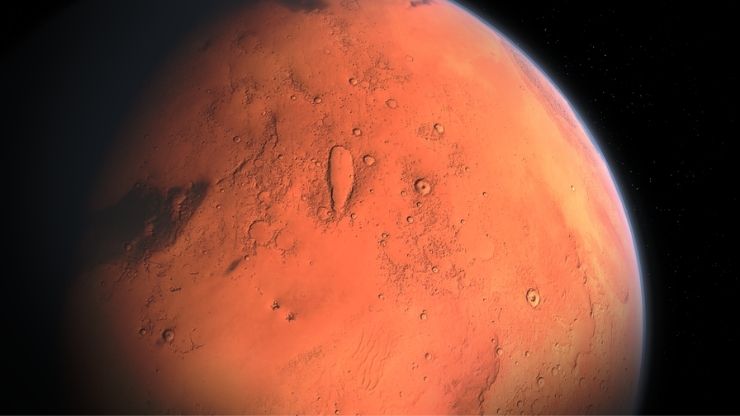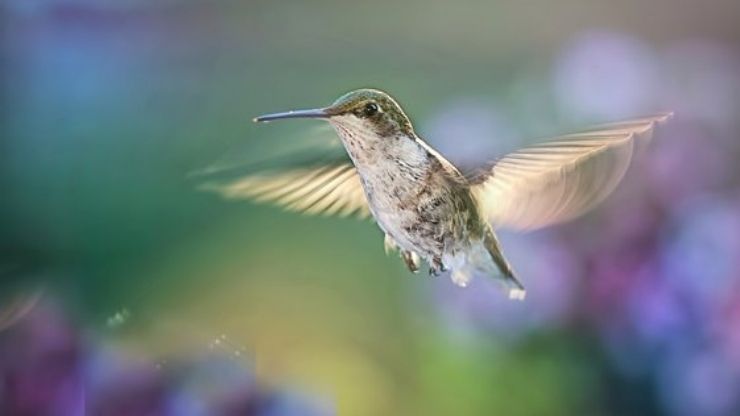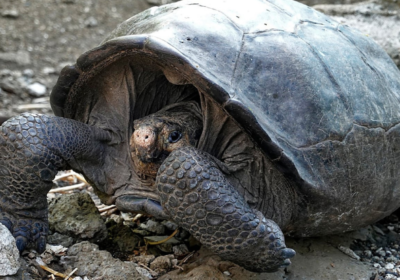The world of science is always fascinating. Every year, we learn something new, or unravel a new technology. The past year was less eventful as the COVID 19 pandemic gulped the world. Despite all challenges, the arena of science is moving ahead. Here is a gist of the latest science news.
Water trapped underground in Mars
Ever since our scientists started exploring planet Mars, they have been intrigued by the total absence of water on the surface of Mars. There is evidence of past water all over the surface of Mars. But not a single droplet is to be found! Dried up lake beds and rock formations are clear indications of water that once existed on Mars. It was almost 3 billion years back. Today, it is a frosty desert.

For a long time, scientists believed that most water from Mars escaped into outer space due to its weak gravitational pull. But the latest studies suggest a different story. A study conducted by planetary scientist Eva Scheller of Caltech, and her team, suggest that the water from Mars was lost due to a geological process called crustal hydration. This is a process where water gets locked up inside the crystal structures of minerals on the planet’s crust.
Through a process that took billions of years, water on the surface of Mars interacted with minerals, and got locked up in the crust. So it turns out, most of the missing water from Mars is buried underground! There could be water equivalent to half of the Atlantic Ocean under the dry surface of Mars. In future, scientists may find a way to dig out this buried water as well.
Evidence of plants underneath Greenland ice
From buried water to another latest science news, buried plant. Scientists have found fossil remains of plants underneath a mile of ice in Greenland. This is a troubling discovery which throws light into the fact that the entire ice over Greenland had melted sometime in the past, during the warm periods of Earth.

In 1966, as a part of a secret military project, a team of US Army scientists drilled deep into the ice over Greenland, and took out a fifteen feet long tube of ice core. This ice core was collected from nearly a mile under the surface of ice. The military project was later abandoned, and this tube was stored in a freezer for decades.
A recent chance discovery of this tube of ice core led to more investigations. Scientists who looked into it through the microscope were surprised to discover the fossilized remains of plants. The existence of plants shows that Greenland was totally devoid of ice at one point of time, within the last million years. Greenland ice is much more vulnerable and sensitive to climate change than we thought! This is a problem that requires urgent attention.
Scientists find the key to the hum of hummingbirds
We know that hummingbirds get their name from the humming sounds. Although scientists knew that the humming sound was linked to the flapping of wings, they were unclear about the exact reason behind the hum.

A new study conducted by a group of scientists from Stanford University in association with a few other organizations gives us a clearer picture. The team of scientists used 12 high-speed cameras and over 2000 microphones to record the movements of hummingbirds. They found that these birds flap their wings rapidly, at 40 beats per second.
They also discovered that the humming sound was produced by the pressure difference between topside and underside of wings, as they flap back and forth. This pressure difference creates a strong aerodynamic force, which allows the birds to lift off and hover around flowers. Scientists opine that this new discovery will be of great use. It might help them to improve the designs of aircraft and drone rotors.
This was some of the latest science news that kids might find interesting. For our budding scientists, we have a huge collection of Experiments and Projects too.




